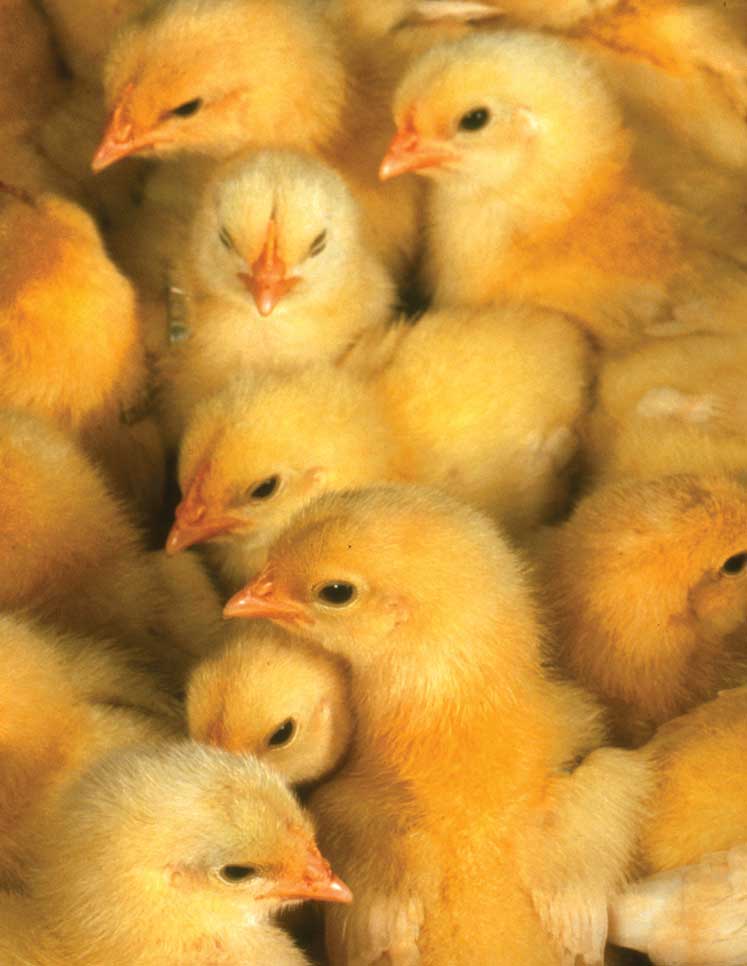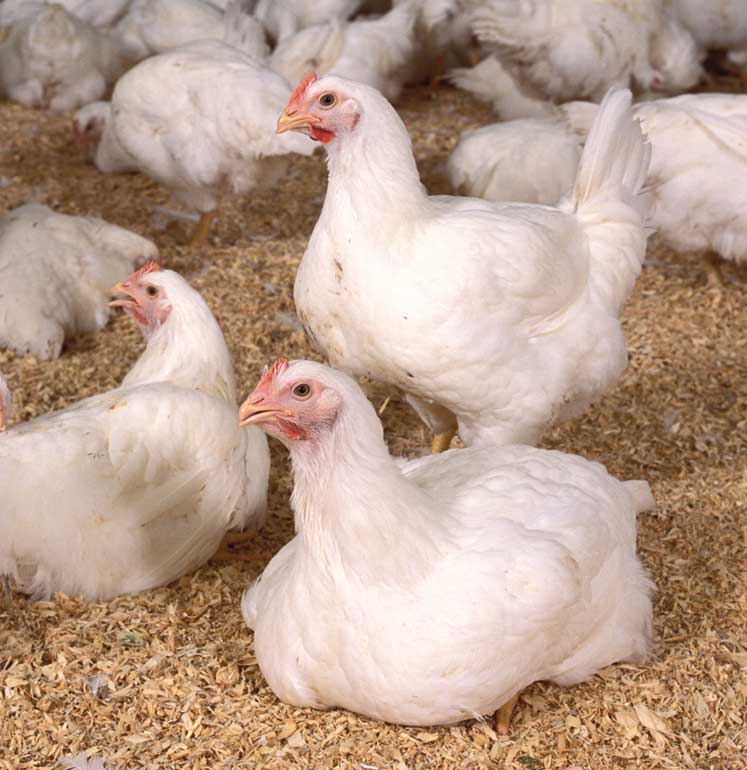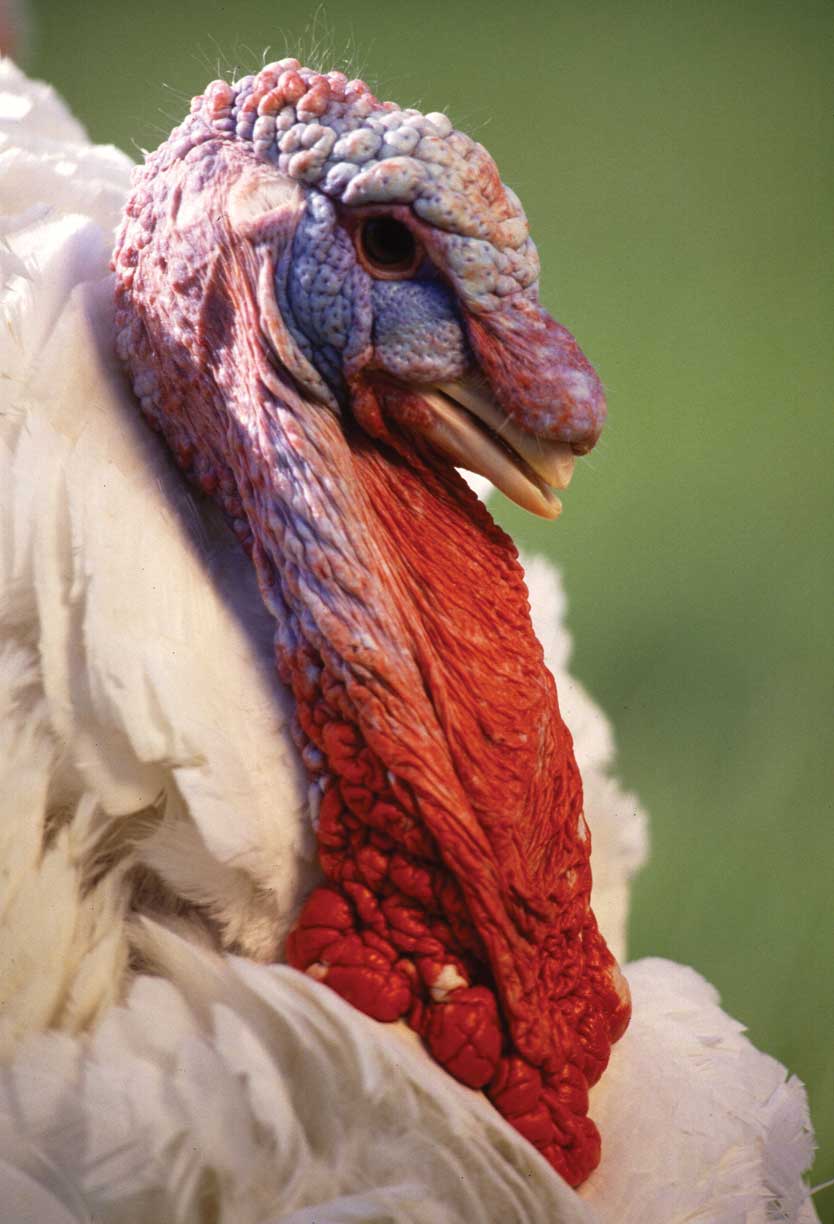
Figure 131. Chickens and turkeys (poultry) are raised on farms all over North Dakota. (USDA)

Figure 132. Chickens are raised for egg production and meat. Common breeds of chickens include White Leghorn and Rhode Island Red. (USDA)
PoultryBirds raised for their eggs or meat are birds that are raised for their eggs or meat. Chickens and turkeys are common poultry raised in North Dakota.
Chickens are raised for both eggs and meat. A male chicken is called a rooster, and a female chicken is called a hen. The offspring of a rooster and a hen is called a chick.
Hens that produce eggs for food are called “layers.” Hens can lay about 300 eggs per year.
A common breed of layers is the White Leghorn. This breed is often crossed with other breeds. Leghorns produce white eggs.
The Rhode Island Red is a breed of chicken that lays brown eggs. Chickens that lay brown eggs are usually larger than those that lay white eggs. The only difference between white and brown eggs is the color of the shell.
Chickens that are raised for their meat are called “boilers.” Boilers can be either male or female chickens. They generally go to market when they reach 4 to 5 pounds. Those that are fed until they reach 8 to 9 pounds are called “roasters.”
Small flocks of chickens raised on North Dakota farms may be dual-purpose chickens. This means that they are raised for the dual (two) purposes of laying eggs and being used as meat.

Figure 133. Turkeys are raised for meat. About 500,000 turkeys are raised on North Dakota farms. (USDA)
Turkeys are raised for meat. Turkey meat is very high in protein and very low in fat. Over 500,000 turkeys are raised on North Dakota farms.
A male turkey is called a tom, and a female turkey is called a hen. Young turkeys are called poults.
Toms are ready for market when they weigh 24 to 26 pounds. Hens generally weigh 10 to 14 pounds when they go to market.
Unlike wild turkeys that can fly almost 60 miles per hour, domesticated turkeys cannot fly at all. The body of a domesticated turkey is too heavy to be lifted by its wings.
Only tom turkeys gobble. Turkey hens make a clicking sound.
Chickens and turkeys do not have teeth. They swallow grains and other foods whole. They also swallow gravel and small rocks called “grit.” These rocks pass to a special organ called the “gizzard.” The gizzard is a tough, muscular organ that uses rocks to grind food into small pieces. The food can then be digested.


